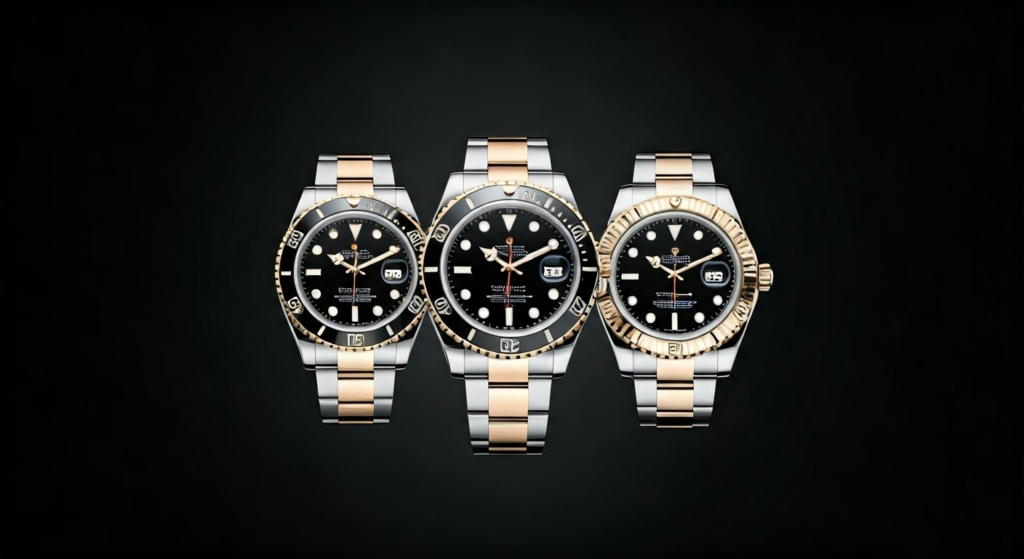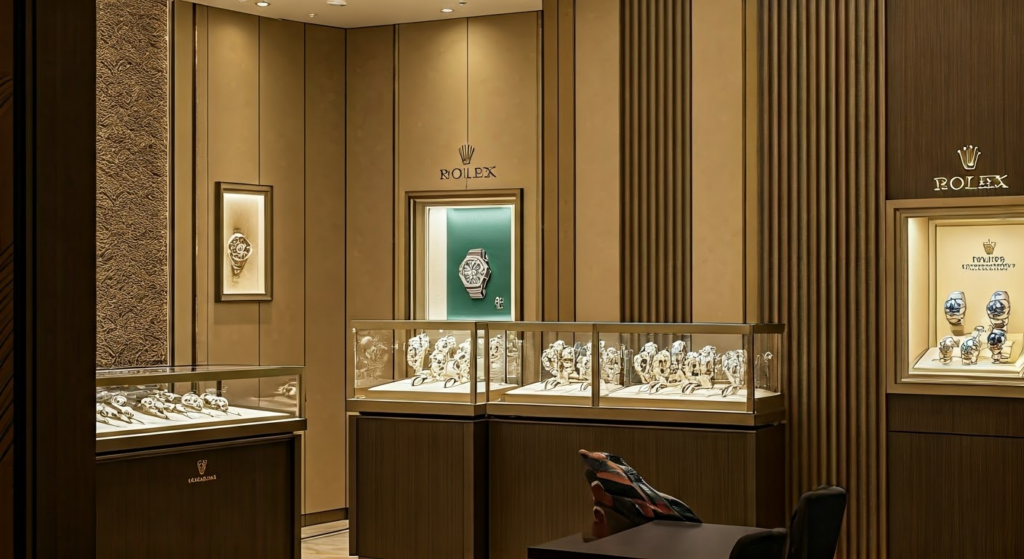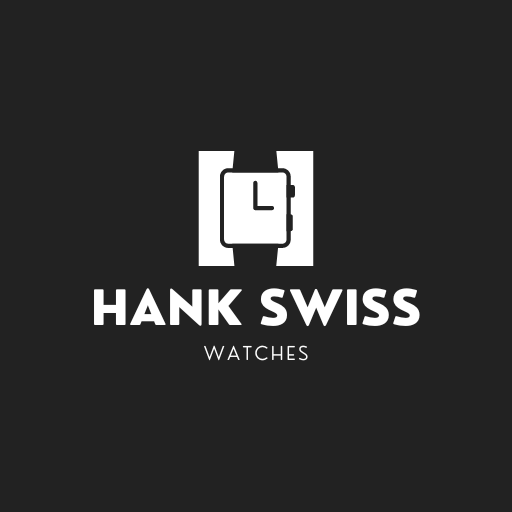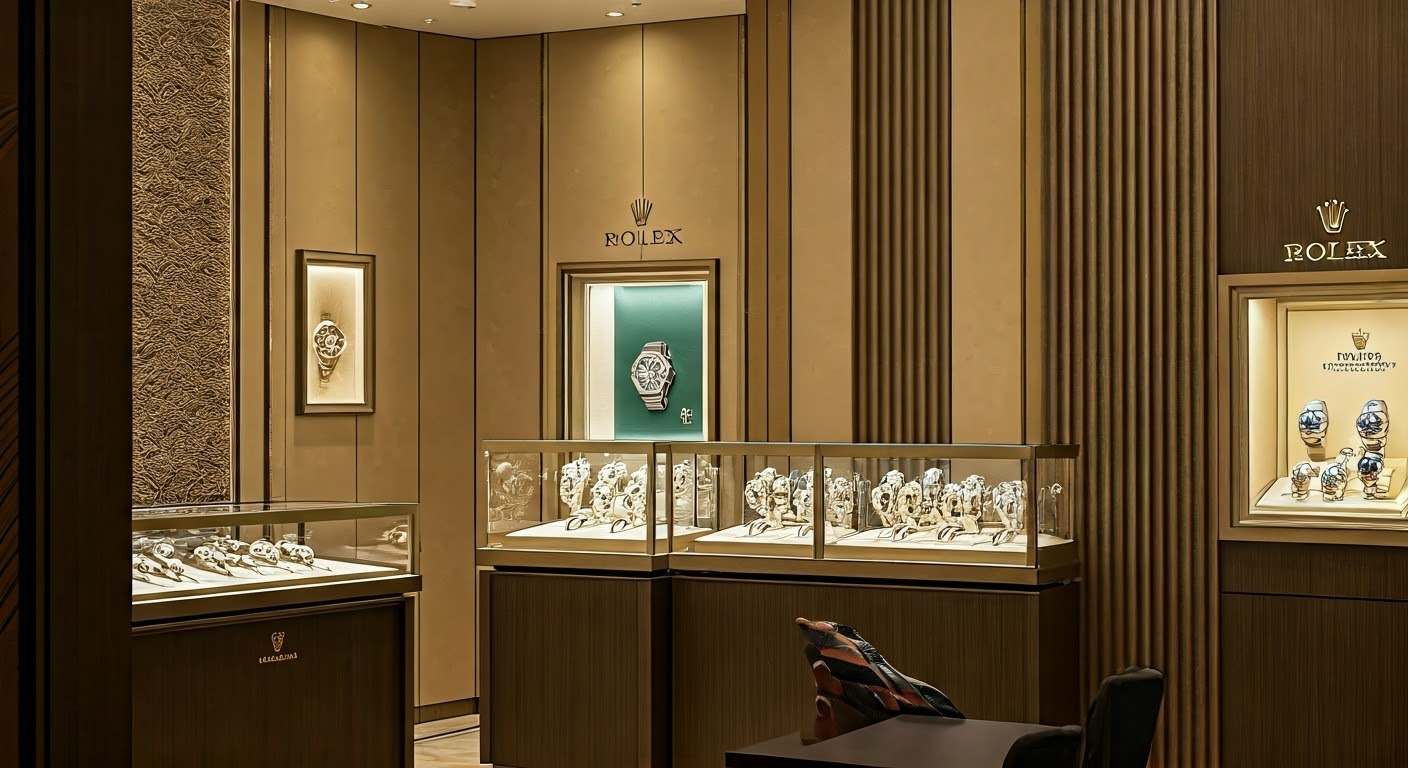Unveiling the Fake Rolex Menace: A Threat to the Industry

Key Highlights
- The market for fake watches is a growing problem that threatens the reputation and revenue of the luxury watch industry.
- Counterfeiters are becoming increasingly sophisticated, using online platforms and social media to distribute their products globally.
- Law enforcement agencies and luxury brands are struggling to keep up with the influx of fake watches, which often enter through complex supply chains and exploit loopholes in border control.
- Technological innovations, such as AI-powered authentication and blockchain-based tracking systems, offer promising solutions for identifying and combating counterfeit watches.
- Educating consumers on how to spot fake watches, promoting responsible buying practices, and advocating for stricter legislation are crucial steps in mitigating the risks posed by counterfeit goods.
Introduction
The market for luxury watches around the world, including Bangladesh, faces a big problem with counterfeit goods. Fake replicas, such as those pretending to be Rolex, are everywhere. This hurts the trust in the industry and tricks buyers who don’t realize they are getting fakes. This illegal trade makes it hard for global manufacturers and can be risky for customers who might buy low-quality and unsafe items.
The Impact of Fake Rolex Watches on the Luxury Watch Market

The presence of fake Rolex watches in the market harms the luxury watch industry. It doesn’t just lead to money lost by real brands; it also destroys trust between customers and brands. When people lose trust, they may think twice about buying luxury watches because they fear being cheated.
Also, the rise of counterfeit goods, including fake parts, in India gives an unfair advantage to sellers of fake items. This hurts the authorized dealers and shops that sell real products and follow good business practices.
Economic Ramifications for Brands and Consumers
The economic effect of fake watches on the luxury watch market is huge. Fake watches cut into the sales of genuine parts and hurt authorized retailers. When people buy fake Rolexes without knowing, they support a black market built on lies. This also harms real businesses.
Moreover, counterfeit products can seriously damage the reputation of luxury brands due to the risk of reputational damage. Even finding just a few fake Rolexes can hurt the brand’s image and lower its value. Consumers may start to question whether all products from that brand are real, which can lead to less trust and loyalty.
To fight against this, luxury watchmakers spend a lot on anti-counterfeiting measures. This effort can put a strain on their resources and reduce profits. Going after counterfeiters, dealing with legal issues, and creating new ways to authenticate watches all cost money, affecting the overall health of the industry.
Erosion of Consumer Trust and Brand Integrity
Counterfeit goods take away the rights of luxury watch brands. They copy the unique designs, patented technologies, and trademarks that make real luxury watches special.
This illegal act hurts the creativity and innovation of real brands. It also damages the luxury goods market. When people accidentally buy counterfeit luxury goods, they usually feel let down by the poor quality of a product that doesn’t live up to the brand’s standards.
This bad experience can make customers lose trust in the brand and hesitate to buy from it again. The rise of counterfeit goods threatens the main ideas of luxury, such as exclusivity, craftsmanship, and heritage. It makes it hard for brands to keep their charm and value.
The Process of Counterfeiting: How Fake Rolexes are Made and Distributed
The making and selling of fake Rolex watches is a complicated and worldwide business. These illegal groups use smart networks. They also use advanced methods to create and send out fake watches to many places in the market.
The growth of online shopping has made this problem worse. It gives counterfeiters new ways to sell their fake products directly to buyers. This way, they can avoid regular stores, which makes it harder to follow their actions.
Overview of fake rolex menace to the industry
Counterfeit watch production mostly happens in countries where laws about intellectual property are weak and enforcement is low. The factories that make fake watches use different levels of skill, from simple fakes to very convincing replicas.
These businesses depend on a steady flow of counterfeit spare parts. These parts are usually made in different places and smuggled across borders to avoid being caught. The materials in fake watches are much worse than in real luxury watches. They are not as strong, precise, or well-made.
Additionally, the software in counterfeit watches, especially those with advanced features, is often stolen or copied due to the lack of strict intellectual property laws. This creates big risks for consumers, like data security problems and faulty chargers that don’t work right. Such issues make international investors and global IT firms hesitant to invest in regions where piracy is common.
Global Hotspots for Fake Rolex Distribution
Certain regions have gained notoriety as hubs for the distribution of fake Rolex watches. While these counterfeit goods infiltrate markets worldwide, areas with weaker enforcement of intellectual property rights and a thriving black market often serve as major transit points.
Pakistan, particularly cities like Lahore and Karachi, has become infamous for the widespread availability of counterfeit products, including fake Rolexes, in its local markets, which hinders foreign direct investment. This issue arises from a combination of factors, including lax enforcement, porous borders, and high demand for luxury goods at discounted prices.
| Region | City | Key Characteristics |
|---|---|---|
| Southeast Asia | Bangkok, Thailand | Large markets, tourist hubs, and established counterfeit networks make this region a prime location for the production and distribution of fake Rolexes. |
| South Asia | Karachi, Pakistan | The widespread availability of counterfeit goods, including fake watches, in Pakistani markets is a major concernfor international automakers. Lahore, in particular, serves as a significant transit point for fake Rolexes.Latin AmericaCiudad del Este, ParaguayKnown for its free trade zone, this city has become a notorious hub for counterfeit goods, attracting buyers from neighboring countries due to its low prices and lax regulations.Legal and Technological Battles Against Counterfeit Watches Fighting the counterfeit watch market needs a strong plan. This plan should mix good law enforcement with the latest technology. Working together with other countries, law enforcement, and luxury brands is very important to break up complex counterfeit operations.Still, the large amount of international trade and clever tricks used by counterfeiters make this work hard. Pakistan can adopt similar measures to strengthen border control and disrupt counterfeit networks; we need to invest in training, technology, and sharing information between countries.Law Enforcement Efforts to Curb the SpreadLaw enforcement agencies all over the world are very important in fighting the trade of fake watches. Border control, customs enforcement, and working together internationally are needed to stop fake watches and catch those making and selling them.Strong customs enforcement at entry points is key to stopping counterfeit goods from coming in. Customs officials check shipments, look closely at documents, and find suspicious goods that might be fake.Still, the large amount of international trade and clever tricks used by counterfeiters make this work hard. Pakistan can adopt similar measures to strengthen border control and disrupt counterfeit networks; we need to invest in training, technology, enforcement mechanisms, and sharing information between countries.Innovations in Authentication and Verification TechnologiesThe fight against fake watches has led to impressive tech development in ways to check and confirm their authenticity. Software companies are creating smart solutions using artificial intelligence (AI), machine learning, and blockchain to effectively fight against counterfeits.When buying luxury watches and their accessories, especially on online platforms, you need to be careful. Check the quality of the watch. Look closely at the engravings and logos to spot any problems. Make sure to confirm the seller’s credentials. Use tools that can help you check if the watch is real. Avoid offers that seem too good to be true, as they might mean adulteration or fakes.When buying luxury watches, and their accessories, especially on online platforms, you need to be careful. Check the quality of the watch. Look closely at the engravings and logos to spot any problems. Make sure to confirm the seller’s credentials. Use tools that can help you check if the watch is real. Avoid offers that seem too good to be true, as they might mean adulteration or fakes. |
Conclusion
Counterfeiting luxury watches like Rolex affects the market and damages trust. Fake Rolexes are everywhere, and this is a big issue. Strong law enforcement and new ways to check for authenticity are needed to fight against this. Consumers should learn how to spot counterfeit watches to avoid being tricked. The industry must keep working hard against fake Rolex watches to stay honest and protect buyers. You need to stay aware and alert about this problem.
Stay informed on how to spot fake Rolex watches and protect yourself from counterfeits.
Frequently Asked Questions
How can consumers identify a fake Rolex watch?
When buying luxury watches, especially on online platforms, you need to be careful. Check the quality of the watch. Look closely at the engravings and logos to spot any problems. Make sure to confirm the seller’s credentials. Use tools that can help you check if the watch is real. Avoid offers that seem too good to be true, as they might mean adulteration or fakes.
https://www.cbp.gov/newsroom/stats/intellectual-property-rights-ipr-seizures
https://www.youtube.com/channel/UC9DGrmEK20Gc-fiUu8V7tPA


Leave a Reply